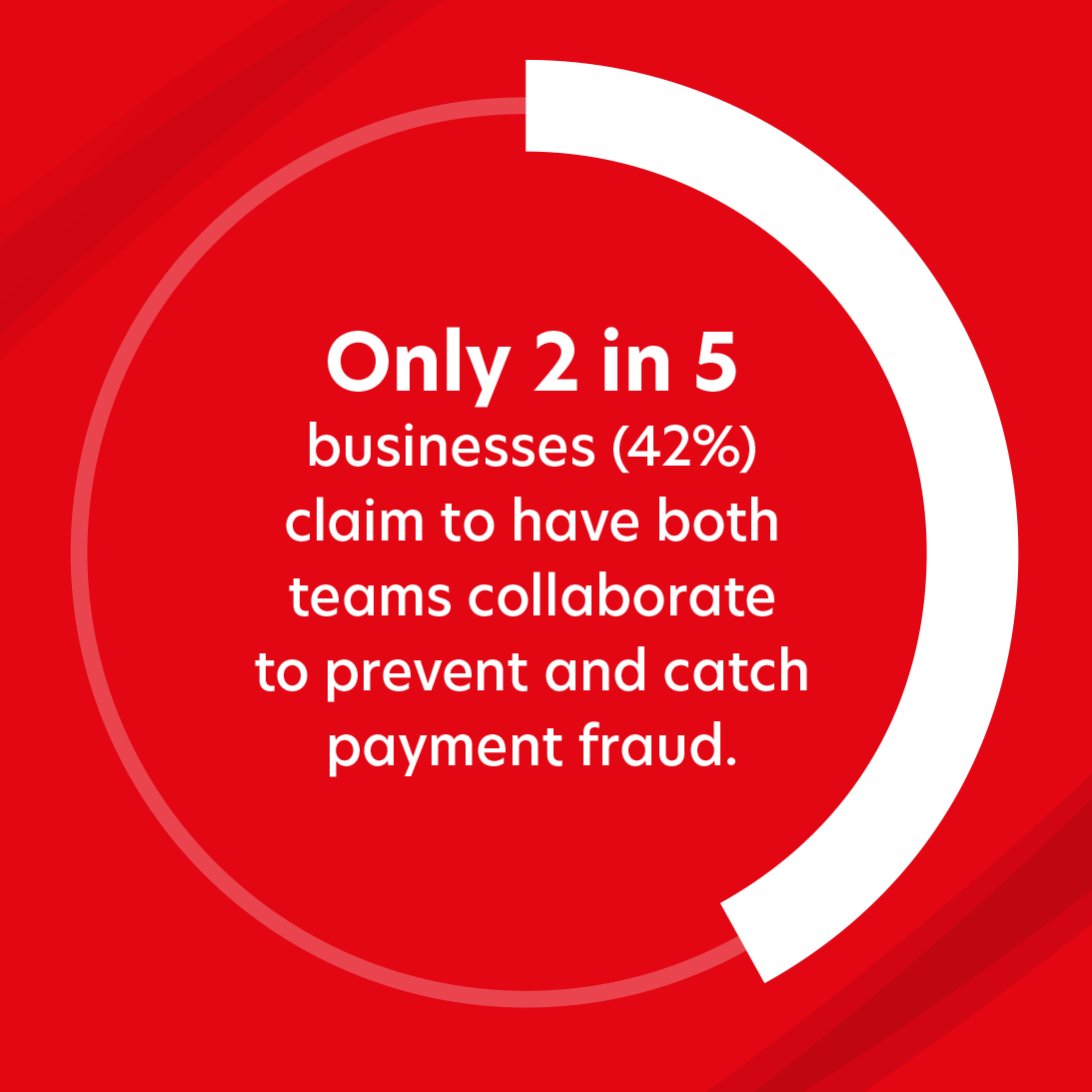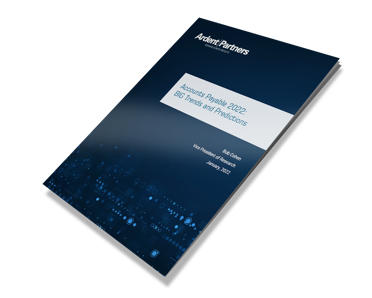

Accounts payable fraud is dishonest and illegal actions that steal funds from your business’s payment system. AP fraud activity is on the rise — and it’s happening from employees, vendors and external scammers.
According to Ardent Partners and Cybersecurity Research surveys, over half of organizations saw an uptick in fraud attempts last year.
Types of accounts payable fraud.
Common accounts payable fraud schemes fall into two main categories.
 Internal Fraud
Internal Fraud
Billing scheme
A billing scheme is one of the more common AP invoice fraud schemes and occurs when an employee issues fraudulent payments by submitting invoices for fictitious goods or services and involves three steps:
- Creating a fake vendor (also known as a ghost vendor)
- Creating a fake invoice
- Manipulating invoice approval and payment processes to perform the payment
Check fraud
Check fraud is forgery, tampering or theft of physical checks deposited into accounts controlled by fraudsters.
Kickback scheme
A kickback scheme occurs when an employee and a supplier collude. The supplier submits inflated or false invoices while the employee facilitates payment, resulting in profits for both parties.
Reimbursement fraud
When an employee submits false expenses and claims for reimbursement, it can include fictitious expenses, inflated expenses or multiple requests for the same expense.

Learn the top ways intelligent anomaly detection helps you minimize risk get smart about fraud.
 External Fraud
External Fraud
Business email compromise (BEC)
Vendor fraud schemes use phishing scams by sending an email that seems to be from a trusted source, making a legitimate request. However, the email address is slightly different.
Common scenarios include:
- Fake invoices
- Messages trying to trick victims into revealing confidential information
- Malicious software infiltrating company networks
ACH fraud
While rare, ACH fraud is unauthorized transactions or fraudulent funds transfers through an ACH Network. ACH fraud typically targets a specific bank account and takes advantage of the time delay in ACH processing.
Multiple invoice submission
When the same services or products are invoiced multiple times or sent to multiple companies within a group.
Incomplete goods/services invoice submission
When the delivered services or goods do not align with what was ordered or specified in the invoice.
Overbilling
The invoice price fails to align with the originally agreed upon and ordered items during the purchase process.
Listen up: What's the answer to AP fraud?
To dive deeper and learn more about fraud, check out our Accounts Deceivable podcast.
Why is invoice fraud detection and prevention important?
With the potential for major financial losses, damage to reputation and disruptions to operations, your organization has much to lose. Medius research found the estimated average loss is $280,000, but a lot more likely slips through the cracks. In addition, the increasing use of artificial intelligence tools by criminals for fraudulent activities has finance professionals concerned.
$280,000 is a lot to lose.

25% of finance professionals are unable to estimate how much fraud is costing them—because they’re often unaware that it’s happening—but the other 75% put the cost at well over a quarter of a million dollars annually.
How can you detect AP fraud in an organization?

Fraud detection strategies require the involvement of both people and technology. Establish a culture of fraud awareness within your business by implementing procedures, providing fraud prevention training, and leveraging AI-backed software systems that can automate fraud detection and promptly raise red flags when necessary.
Who is responsible for detecting AP fraud?

Ideally, efforts to combat fraud should be a team effort and include finance, IT, AP teams and more. According to Ardent Partners, around 60% of respondents identified finance professionals as the primary targets of fraud and phishing. But they can’t bear the burden alone. Establish checks and balances to ensure effective detection and prevention of fraud.
What are common AP fraud prevention and mitigation strategies?
Accounts payable fraud prevention is better than detection but requires a plan that often includes these key practices:
Implement policies.
Company policies keep everyone on the same page.
Educate employees.
Train employees regularly helps with understanding, recognition and procedures.
Perform audits.
Conduct regular audits of AP processes and records.
Implement reporting function / whistleblowing.
Give your team an anonymous way to report issues.
Match invoices.
Invoice matching (three-way matching) will verify legitimacy.
Utilize 4 eyes principle.
Ensure at least two people verify transactions.
Validate vendor master data.
Implement secure processes for checking and updating vendor master records.
Automate AP process.
Use automation software and ensure your AP team has clear duties for AP fraud prevention.
How can accounts payable software help in AP fraud prevention?
AI-powered accounts payable software will automatically identify patterns, irregularities and anomalies that are often hard to spot manually in AP transactions. Here are three key benefits of using the right AP software solution:
Consequences of AP fraud
Accounts payable fraud can cause serious problems for a business, like financial losses, damage to reputation, legal issues and even potential bankruptcy. Not only that, it can also lead to mistrust among employees, customers, and stakeholders and affect the business's overall operations.
“AI is having an impact on almost all areas of life, and we’re really only at the beginning of what those issues could be. AI could be a powerful tool for criminals, so it’s important workplaces stay on top of the latest developments and make sure staff are up to date as well.”
Paul Ellis
UK Head of Excellence, Medius
Benefits of Medius fraud and risk prevention
Medius AP automation software keeps your business prepared and protected. With Medius, you can:
Detect and prevent fraud by automatically capturing vendor data and monitoring new suppliers, changes in alphanumeric invoice numbers, unusual payment values, and alterations in payment instructions.
Create traceable approval workflows with managed permissions for employees. Detect anomalies in spending patterns to prevent fraud in real-time.
Automate invoice/PO matching for error-free processing and liability prevention. Maintain complete audit trails and seamlessly track payments, invoices, and approval history within the system without manual cross-referencing.
Prevent fraud by centralizing payments through a single channel. Your suppliers will embrace your AP platform with faster payment times.

